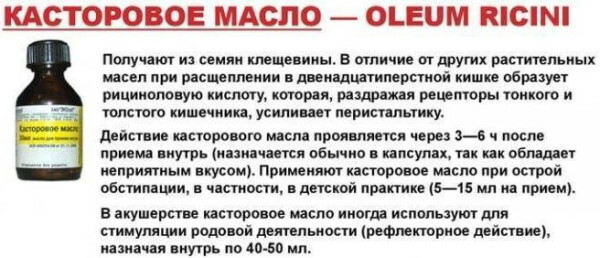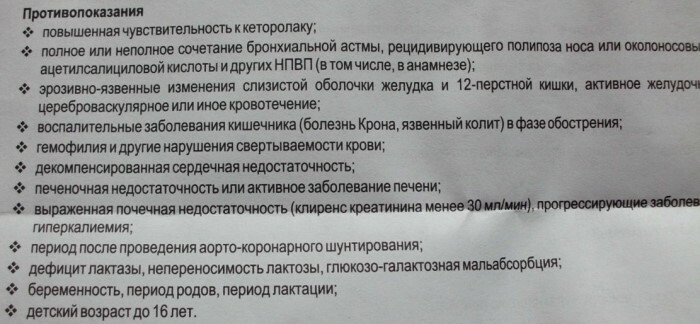It accumulates adhesions transformed into a tumor that presses on the brain, which, at least, threatens increased intracranial pressure, as a maximum - hydrocephalus, disability and exceptionally lethal outcome. So the answer to the question: arachnoiditis - what is it? - unambiguous. This is a dangerous disease that can be cured, if not ignore the symptoms.

What it is?
Arachnoiditis - a severe inflammatory disease of the arachnoid membrane of the brain or spinal cord. Symptomatology pathology depends on its distribution in the brain and localization.
Arachnoiditis must be differentiated from fatigue, with whom he has similar symptoms. Treatment of the disease involves a comprehensive conservative (drug) therapy. If there are serious complications to the patient administered first, second or third group of disability.
Causes of
In each case, the second cause arachnoiditis are infectious disease or focal suppurative inflammation (meningitis, tonsillitis, influenza, otitis media) in every third - craniocerebral trauma (hemorrhage, cerebral contusion), and in each case the exact origin of the tenth pathology not set possible.
But doctors distinguish risk groups, membership of which increases the likelihood of arachnoiditis:
- if the person lives in a constant state of stress and moral fatigue and emotional exhaustion;
- if he is often sick with acute respiratory diseases;
- if the person lives in the harsh climatic conditions, for example, in the Far North;
- if his work at the same time associated with hard physical labor;
- if the organism is under constant chemical or alcohol intoxication.
Sometimes the cause of the disease becomes a pathology of the endocrine system and disturbances in metabolism.
Pathogenesis
The arachnoid brain arises reactive inflammation as a result of exposure to the pathogen or toxin that caused the violation of lymph and blood circulation is observed. There are several types of the disease, depending on the location and nature of the changes - a cerebral, cystic, Adhesive, Adhesive-cystic and spinal arachnoiditis. The disease may be acute, subacute or chronic.
As a result of violation of the circulation of cerebrospinal fluid in some cases there may be development of hydrocephalus:
- Hydrocephalus occurs occlusive disorders resulting liquid outflow from the ventricular system of the brain;
- arezorbtivnaya hydrocephalus may result from malabsorption of fluid through the dura due to the occurrence adhesive process.
Classification
By the nature of the flow, the disease is divided into three forms: acute, subacute and chronic. Depending on the form in which proceeds will be visible pathology or that symptoms.
At the place of localization in the brain are the following types: localization zones
- spinal form arises on the rear surface of the spinal meninges, is formed as a result of trauma, may occur after some time.
- Cerebral Arachnoiditis, is formed on the convex surface of the brain in the fossa zadnecherepnoy /
Cerebral arachnoiditis, in turn, is divided into subspecies:
- arachnoid cysts posterior fossa;
- arachnoiditis cerebellopontine angle.
- basilar;
- convexital;
Also retrotserebellyarny arachnoiditis may be:
| adhesive type | It represents a purulent inflammation of the brain membranes to form adhesions that cause severe pain. |
| Cystic adhesive mixed type | when it is observed as stickiness of the brain tissue and the formation of cystic growths. |
| cystic type | also characterized by inflammation of the lining of the brain, only with an additional formation on the background cysts disease. |
during inflammation
In most cases, the disorder does not lead to the emergence of sharp pain or an increase in temperature, making it difficult to diagnose and is the cause of delays in seeking medical attention. But there are exceptions.
- Acute over - there is, for example, arachnoiditis large tanks, followed by vomiting, increased temperature, and severe headache. This inflammation can be cured without any consequences.
- Subacute - observed more often. At the same time combined and indistinct general disorder symptoms - dizziness, insomnia, weakness, and signs of suppression functionality of certain areas of the brain - hearing impairment, vision, balance, and other.
- Chronic - while ignoring the disease the inflammation quickly becomes chronic. At the same time signs of cerebral disorders are becoming more stable, and the symptoms associated with the source of disease, gradually increasing.
The symptoms of arachnoiditis
Before we talk about the symptoms, which are characteristic for arachnoiditis, it should be noted that signs of the disease depend on the location and are divided into three types - cerebral, spinal and cerebrospinal.
Cerebral Arachnoiditis, primarily characterized by severe inflammation in the human brain membrane, as well as the following features:
- Excessive urination;
- Cramps and in some cases, severe seizures;
- Abnormalities in the hearing;
- Fever;
- Trouble sleeping;
- Reduced memory and attention;
- Partial or complete loss of the sense of smell;
- The general weakness of the body, as well as excessive fatigue during physical or mental stress;
- Akrozianoz (skin gets some uncharacteristic her blue tinge);
- Persistent dizziness, accompanied by excruciating pain head.
In situations where there is spinal arachnoiditis, there are almost the same symptoms, but there are others, for example, a person worried about frequent pain in the lower back, as well as near the spinal department.
In addition, the patient concerned tingling in the extremities of the body, temporary paralysis, numbness in the legs sometimes. In the most severe cases, the person feels a violation in the sexual organs, in particular, reduced potency level. Cerebrospinal type of disease combines the symptoms that are characteristic of both spinal and for cerebral arachnoiditis.
Diagnostics
Arachnoidite diagnosed by comparing the clinical picture and additional research data:
- Overview skull radiographs (signs of intracranial hypertension);
- EEG (bioelectrical change indicators);
- imaging (computer or MRI) of the brain (subarachnoid space extension, ventricles and cisterns brain, sometimes cysts in the intrathecal space, adhesive and atrophic processes in the absence of focal changes in substance brain);
- Cerebrospinal fluid studies (moderately increased number of lymphocytes, sometimes a small protein-cell dissociation leaking liquid under high pressure).
Arachnoiditis diagnostics includes a complete neurological examination. The full analysis process examines reflexes vegegatika sensitivity.

Effects
Arachnoiditis can cause any of the following complications:
- seizures;
- severe visual impairment;
- persistent hydrocephalus.
This is a pretty serious complications. So, when seizures the patient will always take anti-seizure medications. This is a consequence of arachnoiditis develops in about 10% of cases and is characterized only in severe disease itself.
In 2% of patients suffering from these disease, there is a strong decrease in vision. Extremely rarely, patients completely lose it. The most dangerous complication of arachnoiditis is a persistent hydrocephalus, as it can lead to death.
arachnoiditis treatment
arachnoiditis therapy is usually performed in a hospital. It depends on the etiology and degree of disease activity. Drug treatment is long, courses, considering etiological factor includes:
- Antibacterials or antivirals;
- Antihistamines (Pipolphenum, diphenhydramine, Suprastinum, Claritin et al.);
- Anticonvulsants (carbamazepine, Finlepsinum);
- Anti-inflammatory drugs - glucocorticoids (especially in allergic and autoimmune inflammation);
- Resolving treatment directed against adhesions in the intershell space (lidasa, rumalon, pirogenal);
- Diuretics with hypertensive syndrome (mannitol, Diacarbum, furosemide);
- Neuroprotective treatment (mildronate, Cerebrolysin, Nootropilum, vitamins of group B).
Since the disease is prolonged, accompanied by manifestations of asthenia and emotional disorders, a number of patients should be the appointment of antidepressants, sedatives, tranquilizers.
In all cases of arachnoiditis are searched and treatment centers of other bacterial or viral infections, as they can be a source of re-inflammation of the meninges. In addition to antibiotics, antivirals shown restorative measures, taking multivitamin complexes, nutritious food and adequate drinking regime.
Surgical intervention
Heavy opto-haozmalny arachnoiditis or arachnoiditis posterior cranial fossa in the case of progressive reduced vision or hydrocephalus is an indication for surgery treatment.
The operation may be to restore patency of the main liquor flows, or removal of cysts Separation of adhesions leading to compression of adjacent brain structures.
In order to reduce possible arachnoiditis with hydrocephalus shunt application operations aimed at creating alternative ways outflow of cerebrospinal fluid: kistoperitonealnoe, ventriculoperitoneal or lyumboperitonealnoe bypass surgery.

The prognosis of arachnoiditis
In most cases patients arachnoiditis receive a third group of disability. However, if they observed a strong blurred vision and seizures occur frequently, they may appoint a second group of disability.
In the first disability group includes patients with optic-chiasmal arachnoiditis who provoked the complete blindness. Arachnoiditis patients is contraindicated in work on transport, at a height, the fire, in noisy environments, in adverse weather conditions, toxic substances.




